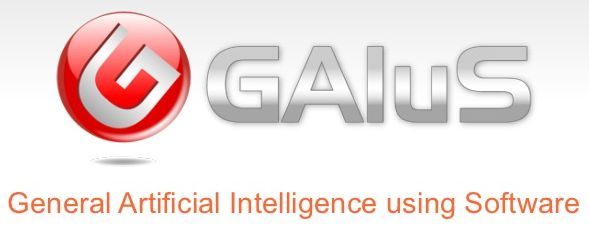 GAIuS (General Artificial Intelligence using Software) is a cognitive architecture (a flexible software framework) developed by Sevak Avakians as an Open Source Software (go to developer site) and as a commercial product - his Intelligent Artifacts company (New York City, NY, USA) provides blackbox AI solutions based on GAIuS.
GAIuS (General Artificial Intelligence using Software) is a cognitive architecture (a flexible software framework) developed by Sevak Avakians as an Open Source Software (go to developer site) and as a commercial product - his Intelligent Artifacts company (New York City, NY, USA) provides blackbox AI solutions based on GAIuS.
GAIuS Blog | Profile of Sevak Avakians
GAIuS and other projects of Sevak Avakians (at sourceforge.net) | GAIuS Google Group ![]()
Когнитивная архитектура GAIuS разрабатывается как коммерческое и свободное программное обеспечение под руководством Севака Авакянца (Sevak Avakians), который является основателем компании Intelligent Artifacts (Нью-Йорк, США), специализирующейся на разработке программного обеспечения на базе платформы GAIuS. О программе - GAIuS description
О программе - GAIuS description
GAIuS is an easy to use framework designed to enable application developers to build intelligence into their products without writing a single line of AI code. GAIuS will learn concepts, make associations, discover patterns, make logical decisions and take actions to achieve goals set by the end-users.
A developer can attach sensors or raw data feeds to the framework and the framework itself learns and adapts.
There is no need for knowledge-engineering, syntax or semantic programming: GAIuS learns on its own from raw data and converts what it perceives into a self-consistent internal representation that it uses for further processing.
Here are some key features of "GAIuS":
- Artificial Intelligence
- Object Classification and Sequencing
- Prediction and Action Planning
- Machine Learning
- Conceptualization
- Noisy object discrimination
Requirements: Python
- GAIuS Tutorial
- GAIuS Free Download (at www.softpedia.com)



